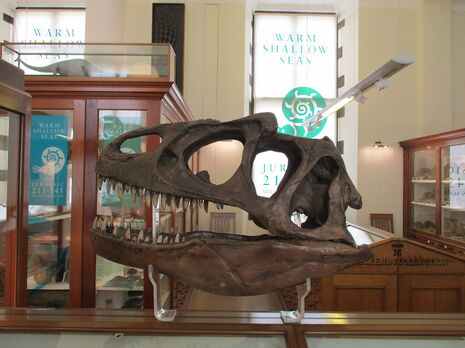This week in scientific history – the death of Sedgwick
Adam Sedgwick, who died 146 years ago this week, was an eminent geologist with an impressive legacy

The 27th January 1873 marks the death of arguably Cambridge’s most well-known geologist, Adam Sedgwick. The British priest and pioneer of geology is most famous for his hypothesis of the Cambrian and Devonian periods on the geological timescale, as well as for being the namesake of Cambridge’s Museum of Earth Sciences and the oldest student-run geology club in the world.
Born in Yorkshire in 1785, Sedgwick studied Maths and Theology at Trinity College, Cambridge. In spite of having “no working knowledge of geology” upon his appointment, he later became a fellow at Trinity and Woodwardian Professor of Geology, a post he held until his death.
In the 1830s he pioneered a system for classifying Cambrian rocks and also an ordering for the strata (layers of sedimentary rock) of the Carboniferous and Devonian periods. Despite also teaching Charles Darwin at Cambridge, Sedgwick was strongly opposed to the theory of natural selection.
Sedgwick also expanded the geological collection started by John Woodward in what now forms the Sedgwick Museum of Earth Sciences, which was opened in 1904 in a ceremony attended by King Edward VII. Today the museum houses around 2 million rocks and fossils (including specimens of ichthyosaurs collected by Mary Anning) and spans 4.5 billion years of history. The Sedgwick Club, the geology society founded by Sedgwick in 1880, is still active today.
 News / Cambridge academics stand out in King’s 2026 Honours List2 January 2026
News / Cambridge academics stand out in King’s 2026 Honours List2 January 2026 Interviews / You don’t need to peak at Cambridge, says Robin Harding31 December 2025
Interviews / You don’t need to peak at Cambridge, says Robin Harding31 December 2025 Comment / What happened to men at Cambridge?31 December 2025
Comment / What happened to men at Cambridge?31 December 2025 News / Varsity’s biggest stories of 202531 December 2025
News / Varsity’s biggest stories of 202531 December 2025 News / Unions protest handling of redundancies at Epidemiology Unit30 December 2025
News / Unions protest handling of redundancies at Epidemiology Unit30 December 2025










